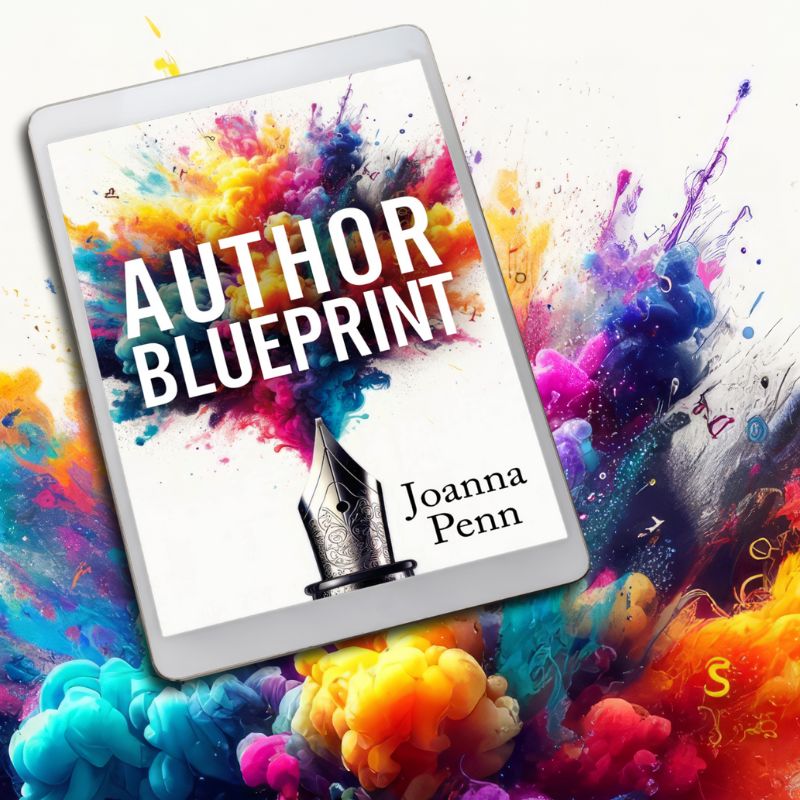A reader has made it to your book page, and they like the look of the cover and the description. What do they do next?


How ebook readers shop and the importance of sampling
An author at a conference recently asked me for tips on publishing ebooks and then said that he didn't read on a digital device. I was gobsmacked, because how else are you going to know if there are problems until you start getting one-star reviews?
When you publish a print book, don't you buy it immediately to test the process and the quality? So why not do the same for your ebook?
If you're going to publish ebooks, I believe that you should at least try the digital shopping and reading experience. You can even use the free apps for PC, Mac, tablet or mobile devices if you don't want to buy a dedicated ebook reading device.
It's also important to understand how ebook readers shop, because they are high-volume consumers and likely make up the bulk of your digital sales.
How do ebook readers shop for books?
I'll use myself as an example, as I read digitally 95% of the time on a Kindle Paperwhite and through the Kindle app on my iPhone. I am also a voracious reader, getting through three books per week, more on holidays. I'm also a member of Amazon Prime and Kindle Unlimited.
I often surf for fun in the Last 30 Days area. I also subscribe to BookBub.com for ebook promotions, and I buy from that occasionally.
If the book is available as an ebook, I download the sample right away. If it's in KU, I might borrow immediately. If the book isn't available as an ebook, 99% of the time I won't buy it unless it's an author I'm committed to. If I really want it, I'll add it to my WishList, which I check periodically to see if ebook versions have become available.
In between books I'm currently reading, I go through my samples. If I make it to the end of the sample, I will usually buy the book, because I'm hooked. If I don't, I delete the sample.
I usually give a book three clicks of my Kindle before I delete it or return it if it's in KU. Harsh, maybe, but life is too short to read books that don't call to you, and many readers are the same as me.
Remember: the reader doesn't care about you. They just want a satisfying read.
So your marketing efforts, your book cover, your book description and reviews have helped your book to get this far, but it is the sample that leads a reader like me to buy. I probably delete 75% of my samples, so I have a harsh approach, but I don't think I'm untypical for a high-volume ebook reader.
Make sure that your sample makes the reader want to buy

This isn't new advice. Noah Lukeman’s The First 5 Pages covered this years ago for the traditional publishing industry. If you want an agent, the first page has to hook them, and readers of print in bookstores may browse the first page.
Because there are so many ebooks available, readers are increasingly unforgiving if a book doesn't fit what they are looking for. Here are some tips.
Get into the meat as soon as possible
Put all the quotes, acknowledgments, foreword, and extra stuff at the back, not within the sample. I downloaded an anthology of Angela Carter short stories and was annoyed to find that the entire sample was an essay about her work written by someone else. The stories didn't come until later. I deleted that and bought a different edition.
During the editing process, make sure you pay particular attention to what will hook the reader. If the book is non-fiction, what is the problem you're solving?
If it’s fiction, why would the reader read on? How have you caught their attention?
What loops have you opened mentally near the beginning of the book that they must close by reading on?
Make sure that the formatting is easy to read throughout
I have deleted samples straight away when they included coding errors. It denotes a lack of respect for the reader. This is why you need to test your files. Curiously this has happened more often with traditionally published books than indie ones.
One book I downloaded was entirely formatted in Bold. Did no one even check it before publishing? Italics are also harder to read in ebooks so don't go crazy with them.


